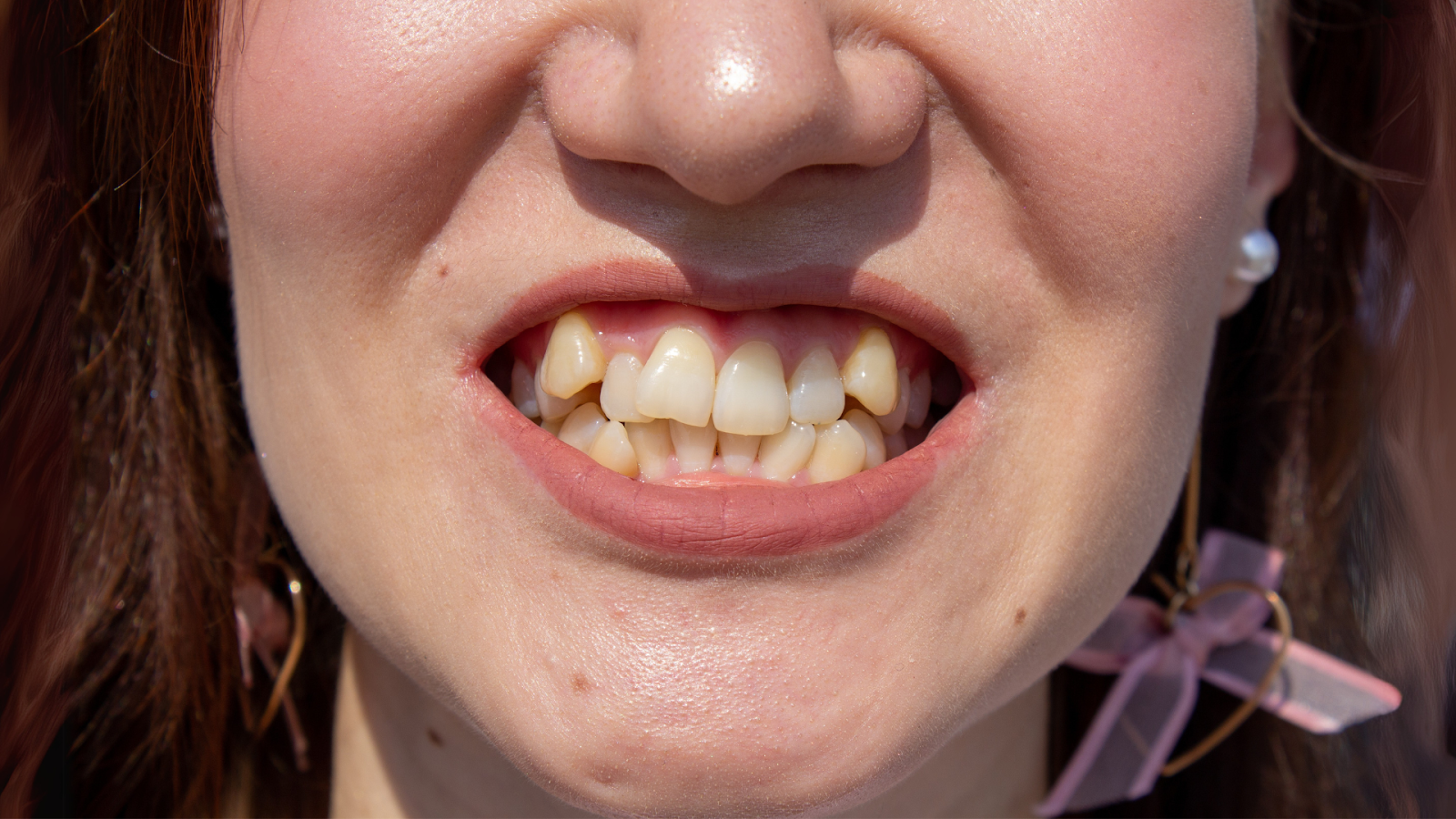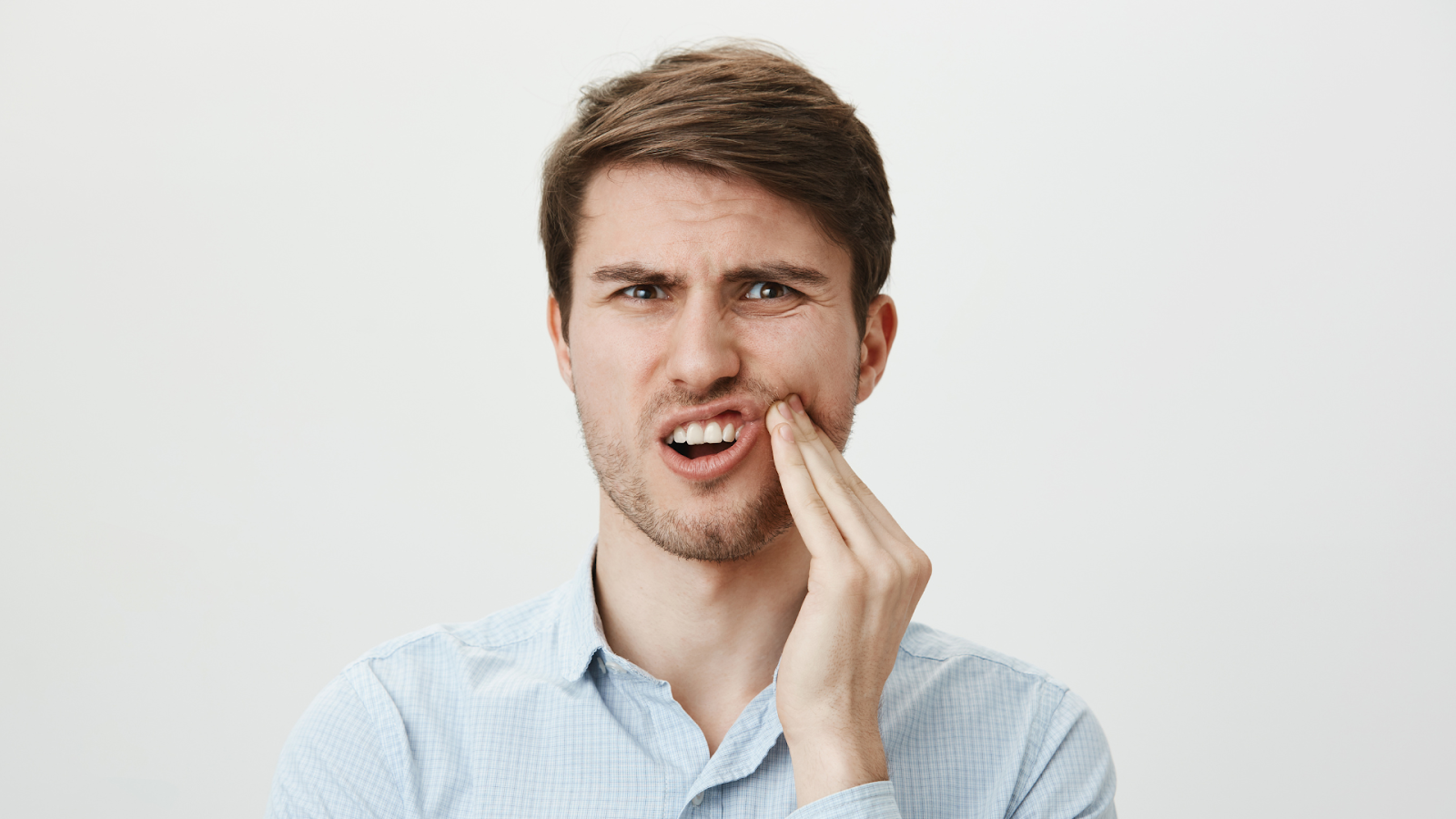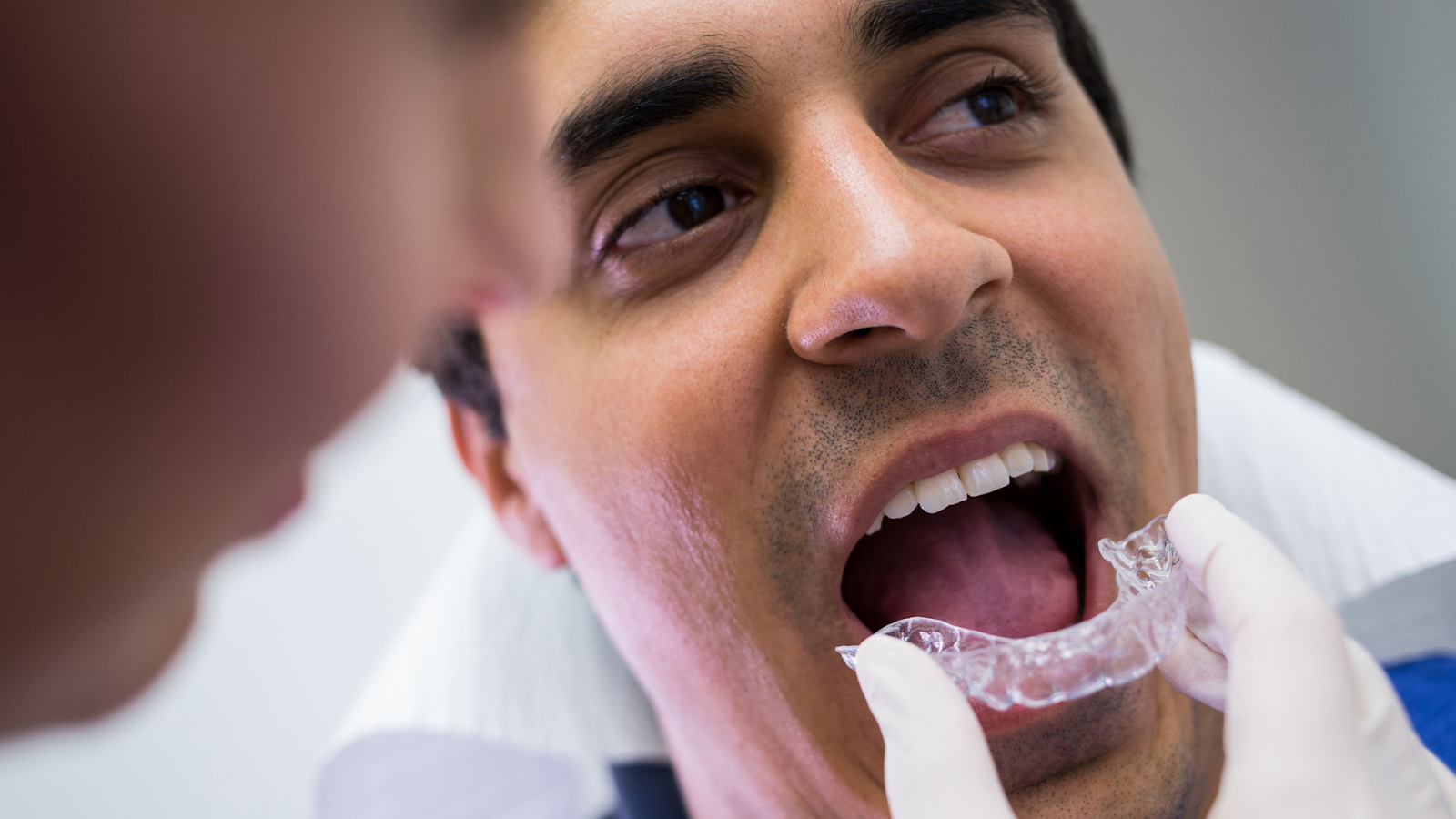
What Is a Deep Bite? Key Facts and Expert Tips on Managing It
Ever noticed that your top teeth cover too much of your bottom teeth when you close your mouth? That could be a deep bite. But what is a deep bite exactly, and why does it matter? A deep bite, also known as a deep overbite, is a dental condition where the upper front teeth overlap excessively with the lower front teeth.
Studies reveal that people globally experience some level of deep bite, affecting not just appearance but also dental health and function.
Understanding "what is a deep bite" and its impact on oral health is key to managing it well. In this article, we’ll dig into everything you need to know about deep bites, from causes to treatment options, so you can take charge of your dental health.
What Is a Deep Bite in Orthodontics?
In orthodontics, "what is a deep bite" often comes up when discussing misalignments. A deep bite happens when the upper teeth cover a significant portion of the lower teeth while the jaw is at rest. This condition isn’t just about aesthetics; it can cause various oral health issues if left untreated.
Orthodontic professionals categorize a bite as “deep” when there’s an excessive vertical overlap of the front teeth, typically more than 4 mm. This may lead to wear on the lower front teeth and even contribute to jaw discomfort. Over time, a deep bite may also trigger issues like jaw pain, uneven wear on the teeth, and even chewing difficulties. Understanding “what is a deep bite” in orthodontic terms is essential, as treatment plans often vary based on the severity and underlying cause of the bite misalignment.

How to Fix a Deep Bite: Exploring Treatment Options
Knowing “how to fix a deep bite” is crucial for anyone dealing with this condition. Fortunately, there are multiple treatment options available. Treatment plans are personalized based on age, bite severity, and overall dental health.
| Treatment Option | Description | Effectiveness | Duration | Recommended For |
|---|---|---|---|---|
| Braces | Realigns teeth to reduce overlap | Highly effective for most cases | 18-24 months | Children and adults |
| Invisalign | Clear aligners that slowly adjust teeth | Effective for moderate cases | 12-18 months | Adults and teens |
| Bite Turbos | Small ramps to adjust bite gradually | Effective with braces | 3-6 months | Severe deep bite cases |
| Orthodontic Surgery | Surgical adjustment of jaw alignment | Highly effective for complex cases | Varies | Severe cases |
| Veneers | Cosmetic option to reshape teeth | Effective for mild cases | 1-2 sessions | Adults |
Each of these treatments serves different needs, and consulting a professional can help determine which method will best suit your situation. For example, braces are widely used and highly effective for aligning teeth, while Invisalign offers a more discreet option, especially popular among adults and teens.

Causes of Deep Bite: Why Does It Happen?
A deep bite can arise from several factors, often a combination of genetics, habits, or jaw development issues. Let’s break down some common causes.
- Genetics: If your family members have a deep bite, you’re more likely to develop one due to inherited jaw or teeth alignment traits.
- Jaw Growth Issues: Abnormal jaw growth can lead to a deep bite. For instance, if the upper jaw develops excessively or the lower jaw grows less, a deep bite may form.
- Tooth Loss: Missing teeth, especially molars, can cause the remaining teeth to shift and worsen a deep bite over time.
- Dental Habits: Childhood habits like thumb-sucking or prolonged bottle use can lead to dental misalignments, including deep bites.
- Teeth Grinding (Bruxism): Regular grinding or clenching of teeth may wear down the enamel, deepening the bite.
Symptoms and Effects: Recognising When a Deep Bite Needs Attention
A deep bite can impact daily life, but symptoms often go unnoticed until they escalate. Here’s what to look for:
- Excessive Tooth Wear: If you notice your lower front teeth wearing down more than others, a deep bite could be to blame.
- Jaw Pain or Clicking: Deep bites sometimes lead to jaw tension and may cause clicking sounds when opening or closing the mouth.
- Difficulty Chewing: The alignment issues in a deep bite can make it difficult to chew certain foods comfortably.
- Gum Irritation: When the upper teeth overlap too much, they may push against the gums, causing soreness or recession over time.
- Headaches: Some people with a deep bite experience frequent headaches, often linked to jaw muscle strain.
- Speech Impediments: In severe cases, a deep bite can affect speech, making sounds harder to pronounce.
If you experience any of these symptoms, it’s a good idea to consult an orthodontic expert. Addressing these issues early can prevent more severe complications down the road.
How to Fix Deep Bite Naturally: Is It Possible?
While orthodontic treatment is often necessary for correcting deep bites, there are a few lifestyle adjustments that might help alleviate symptoms, especially in mild cases.
- Jaw Exercises: Specific exercises guided by a professional can help align your bite, particularly in children.
- Avoid Hard Foods: Reducing strain on your teeth by avoiding hard foods can prevent further worsening of the bite.
- Manage Stress: Stress often leads to teeth grinding. Practicing relaxation techniques may reduce clenching, which can help in managing a deep bite.
- Good Posture: Proper posture can aid jaw alignment. Slouching, especially while working, can put pressure on your bite.
- Regular Dental Check-ups: Regular dental visits can catch early signs of misalignment, allowing for prompt intervention.
While these tips may help, they’re not a substitute for professional treatment. Deep bite correction typically requires structured orthodontic methods to achieve lasting results.
Deep bite treatment is often customized to fit individual needs. Here’s a breakdown of what you might expect:
Assessment and Planning: Orthodontists assess the severity of your deep bite, often using X-rays or 3D imaging to create a comprehensive treatment plan.
Application of Braces or Aligners: Depending on your choice, you’ll either get braces or aligners. Braces involve brackets fixed to each tooth, gradually realigning them. Aligners are clear, removable trays worn over the teeth.
Bite Adjustments: To ensure correct jaw alignment, some treatments involve bite turbos or ramps. These small additions create space between the upper and lower front teeth, aiding in proper alignment.
Follow-up and Monitoring: Regular visits to your orthodontist are essential. They’ll check your progress and make adjustments as needed. Most treatments last 1-2 years but can vary based on the bite’s severity.
Deep bite treatment is a commitment, but with consistent follow-ups and professional guidance, you can achieve a healthy bite that supports both function and aesthetics.

Final Thoughts
So, what is a deep bite? It’s more than just a dental term—it’s a condition that can impact your oral health, jaw comfort, and even quality of life. Understanding what a deep bite is, recognizing the symptoms, and exploring treatment options are all essential steps toward managing it.
Whether it’s braces, aligners, or bite turbos, fixing a deep bite requires a structured approach tailored to your needs.
If you’re experiencing signs of a deep bite, don’t wait. Consult an orthodontic expert to discuss your treatment options and get a personalized plan. Remember, the sooner you take action, the better your chances of maintaining a healthy, comfortable bite.
Leave a comments